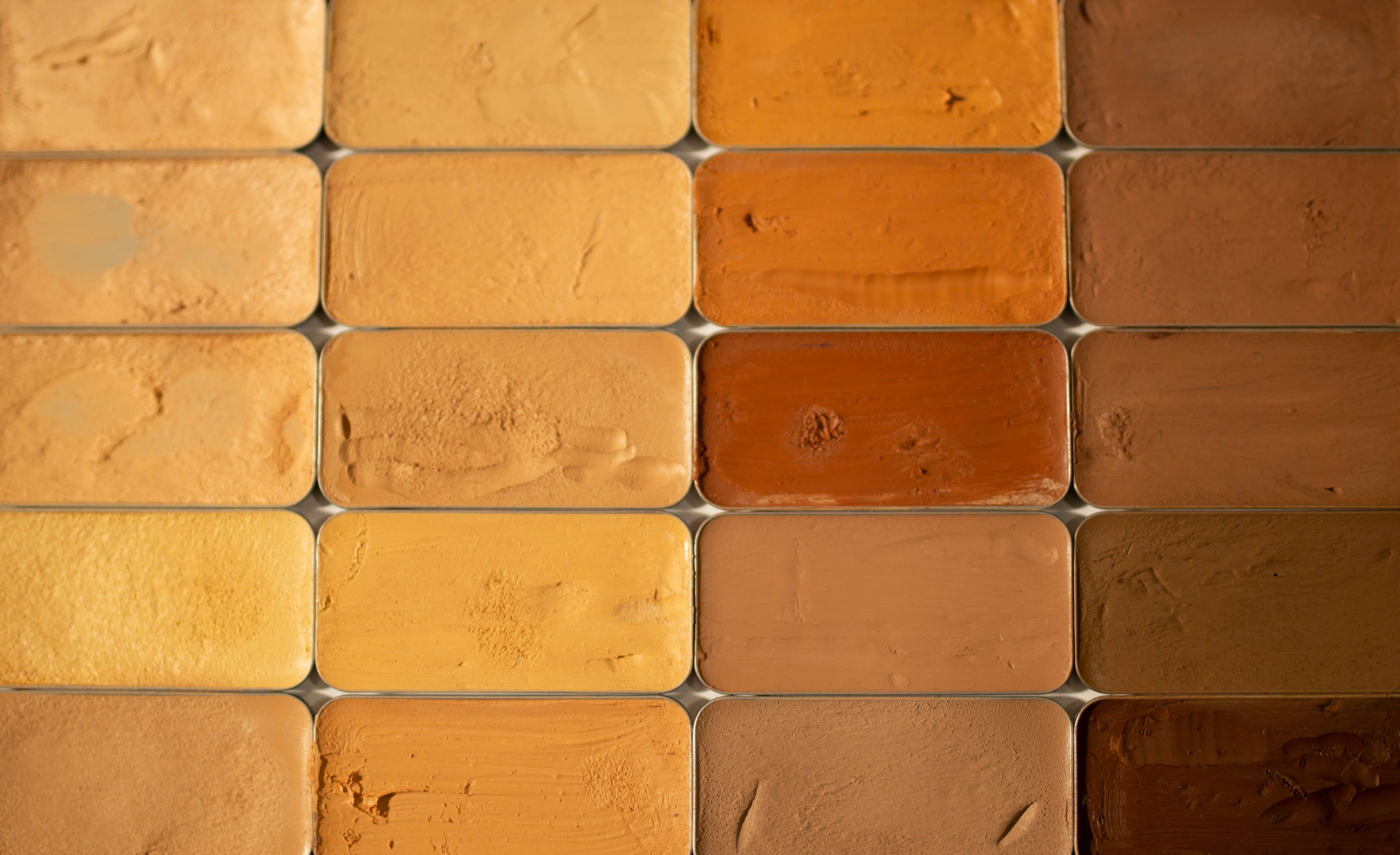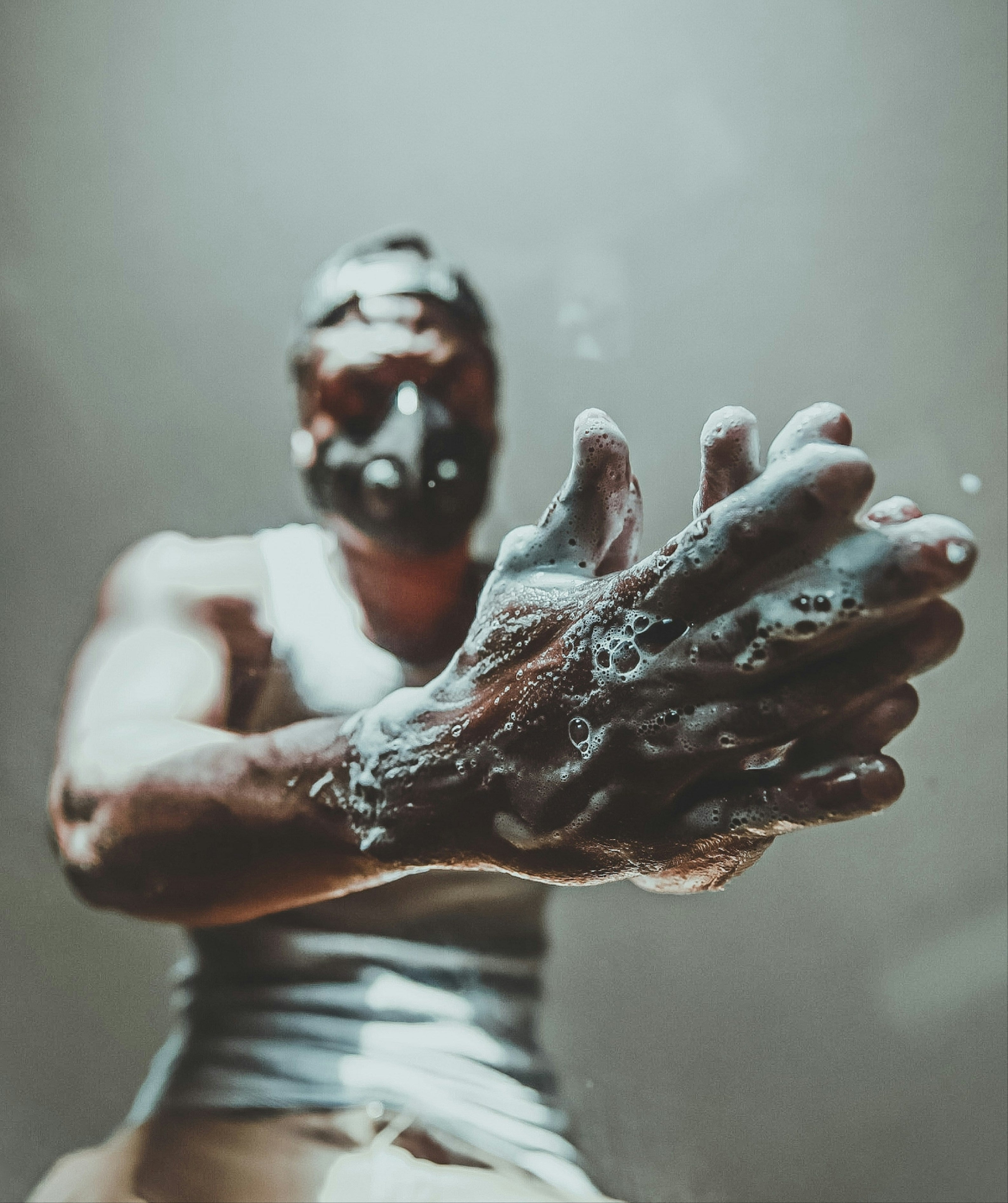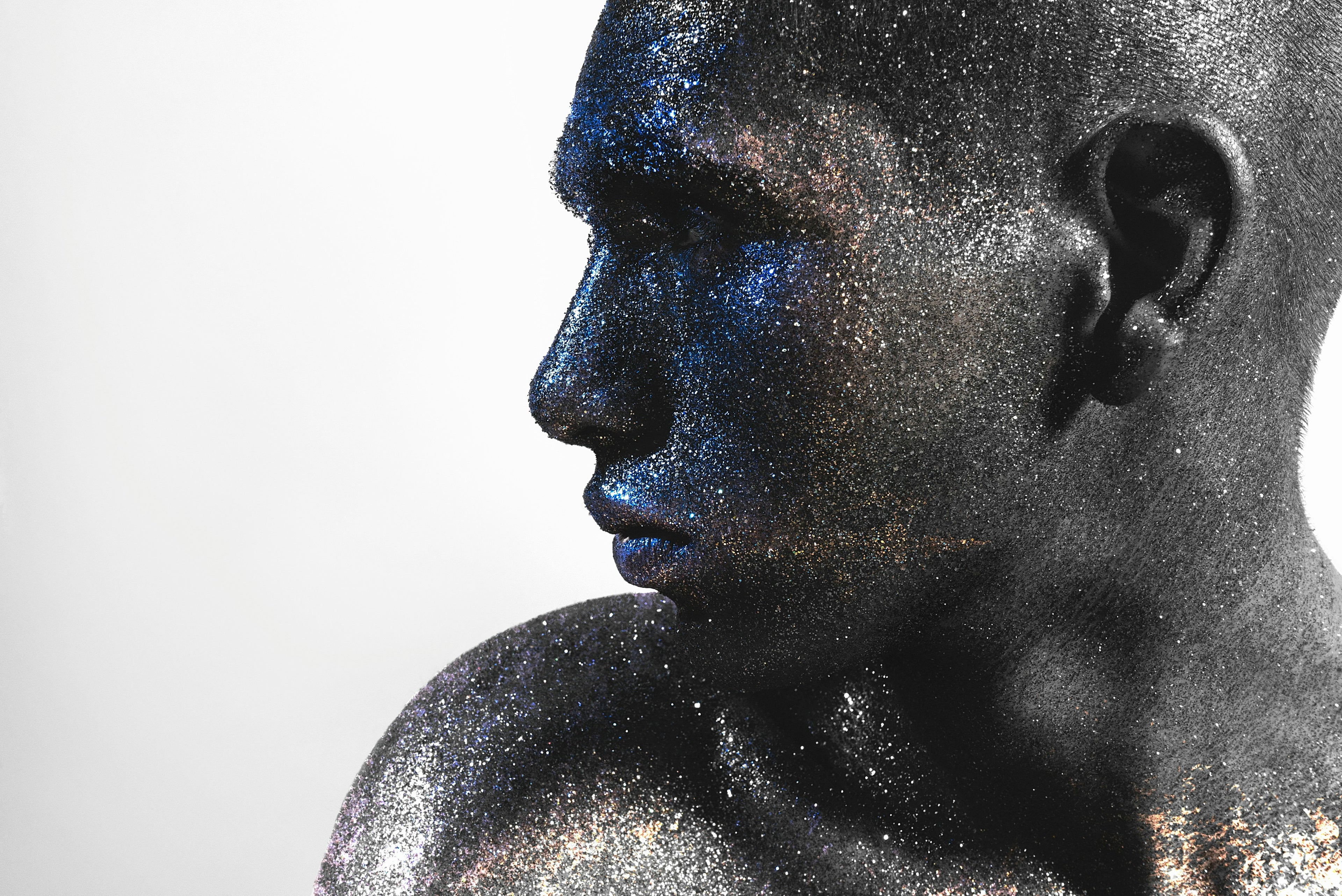The Science Behind Clay Based Skincare
Clay has been used in skincare rituals across cultures for thousands of years—but today, science is catching up to tradition. Clay-based skincare isn’t just natural; it’s functional. It taps into the bio-mechanical properties of natural clays to detoxify, fortify, and balance skin in ways that synthetic formulas often can't match. Here’s how it works.

Clay as a Natural Detoxifier
Clays such as Red Moroccan Clay (Rhassoul) and Bentonite have a unique structure: they contain negatively charged particles that attract positively charged impurities like dirt, bacteria, heavy metals, and excess oil. This ionic exchange is what makes clay masks so effective at deep-cleansing the pores without disrupting the skin's natural moisture barrier.
Scientific Reference:
- Veniale, F. et al. (2007). "Clay minerals for cosmetic purposes: Properties and applications." Applied Clay Science, 36(1-3), 47–63.
Oil Absorption & Sebum Regulation
Clays have high absorption and adsorption capacities. For men especially, whose skin tends to be oilier due to testosterone, clay helps regulate sebum levels, preventing the greasy sheen while reducing acne risk.
Red Moroccan Clay, in particular, contains iron, silica, magnesium, and calcium—minerals known to balance sebum and improve elasticity.
Scientific Reference:
- Carretero, M. I. (2002). "Clay minerals and their beneficial effects upon human health. A review." Applied Clay Science, 21(3-4), 155–163.


Skin Barrier Strengthening
Natural clays don't just purify—they protect. Trace minerals in clays help reinforce the skin's acid mantle and restore mineral balance, making it more resilient to environmental stress.
When combined with antioxidant botanicals like Blue Pea Flower Extract, the effect is amplified: neutralizing oxidative stress, repairing damaged skin cells, and calming inflammation.
Scientific Reference:
- Chaiittianan, R. et al. (2017). "Blue butterfly pea (Clitoria ternatea Linn.): A promising herbal medicine for skin health." Pharmacognosy Journal, 9(4), 518–524.
Charcoal & Surface-Level Detox
Activated Charcoal, while not a clay, often complements clay in high-performance formulas. It has a porous surface that binds to microparticles—think pollution, sweat, sunscreen residues—making it an ideal partner for urban or active lifestyles.
Scientific Reference:
- Bissett, D. L. et al. (2005). "Topical treatments for skin detoxification." Dermatologic Therapy, 18(3), 252–260.


Gentle Yet Effective Exfoliation
The fine granules of clay provide non-abrasive, mechanical exfoliation. They lift away dead skin cells, encouraging cellular renewal and allowing other skincare ingredients to penetrate more effectively. Unlike harsh chemical exfoliants, this method respects the skin’s integrity.
Conclusion: Why Clay Wins
Clay-based skincare doesn’t just look rugged and primal—it is rugged and primal, in the best way. It's grounded in geological intelligence and biological compatibility. Whether it's post-adventure cleansing, daily oil control, or strengthening your skin's defenses, natural clays offer a performance advantage.


